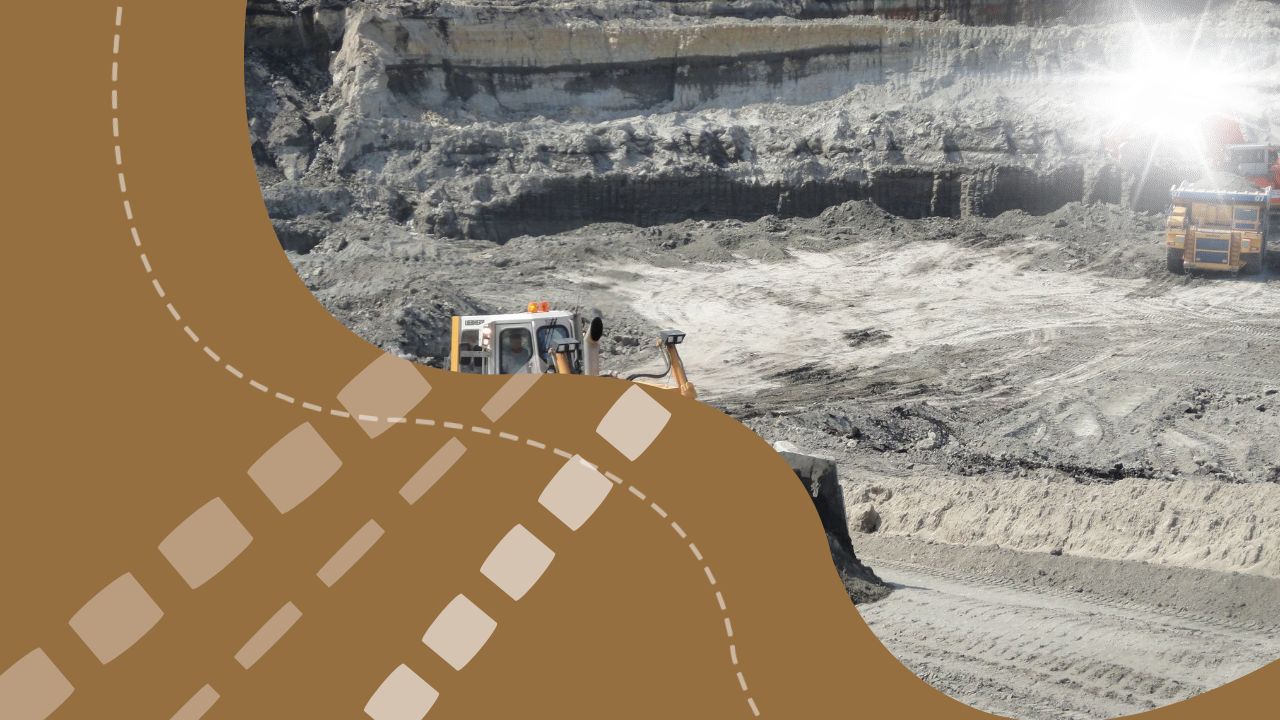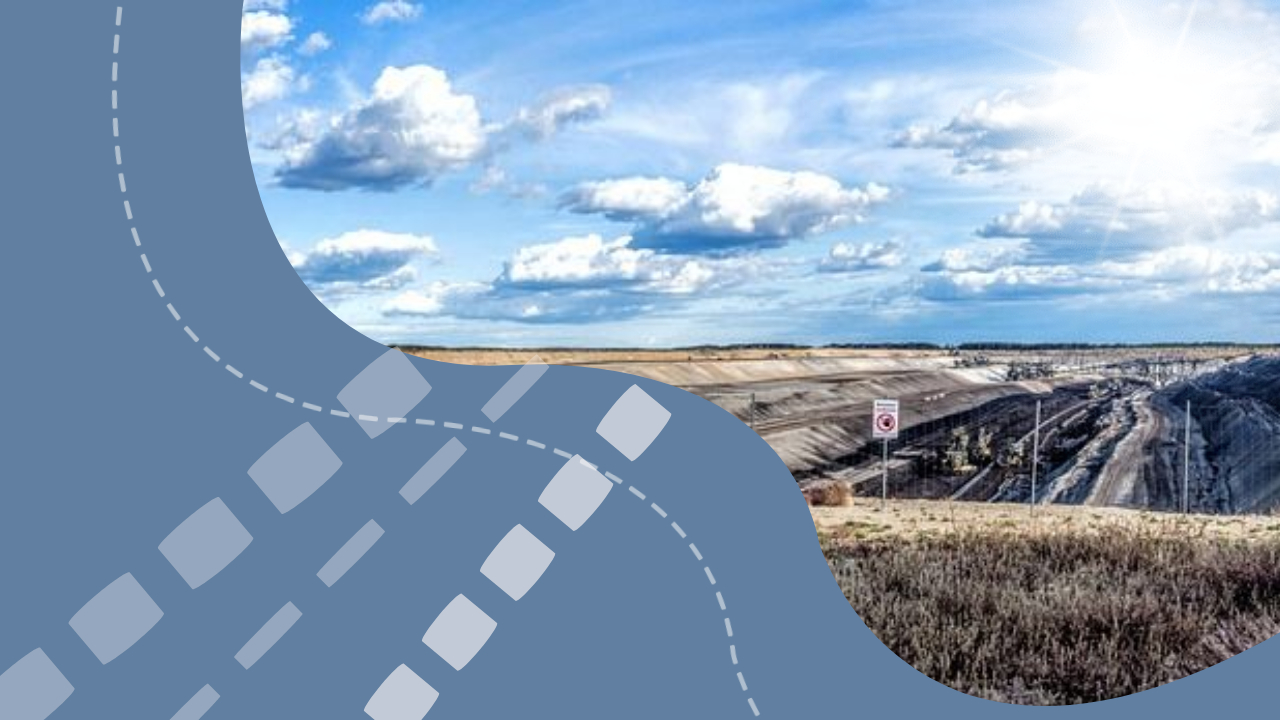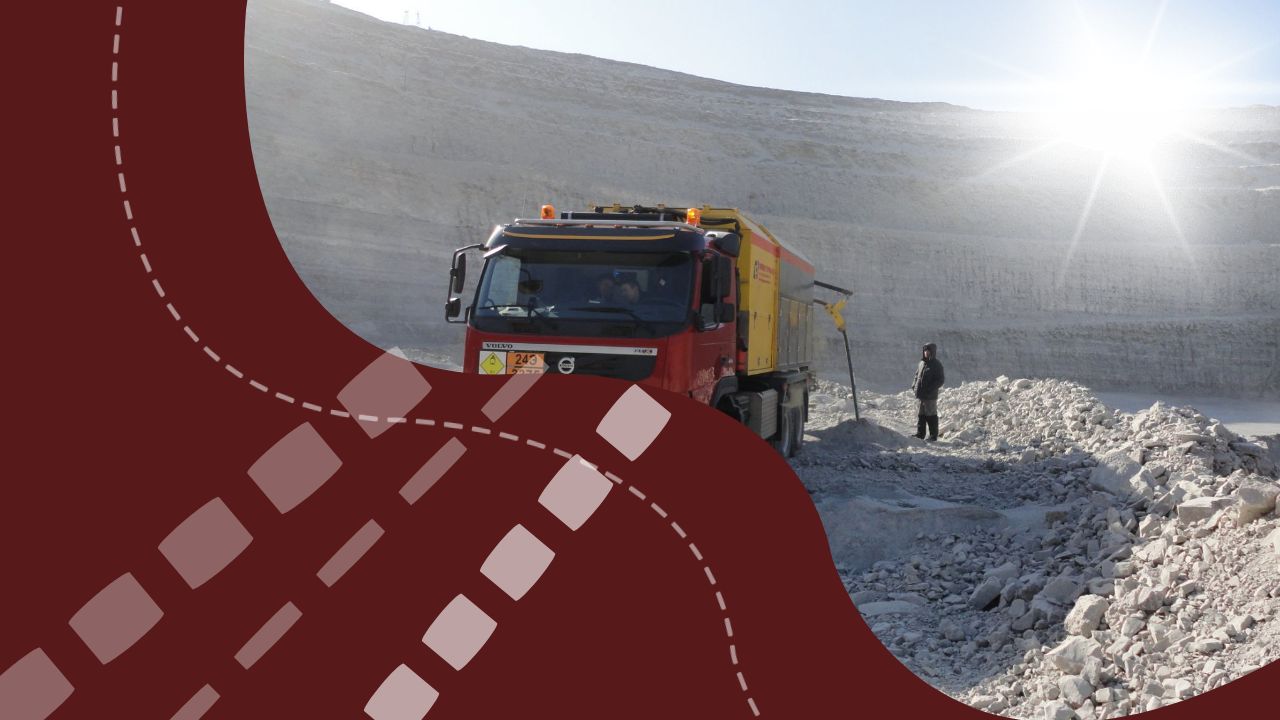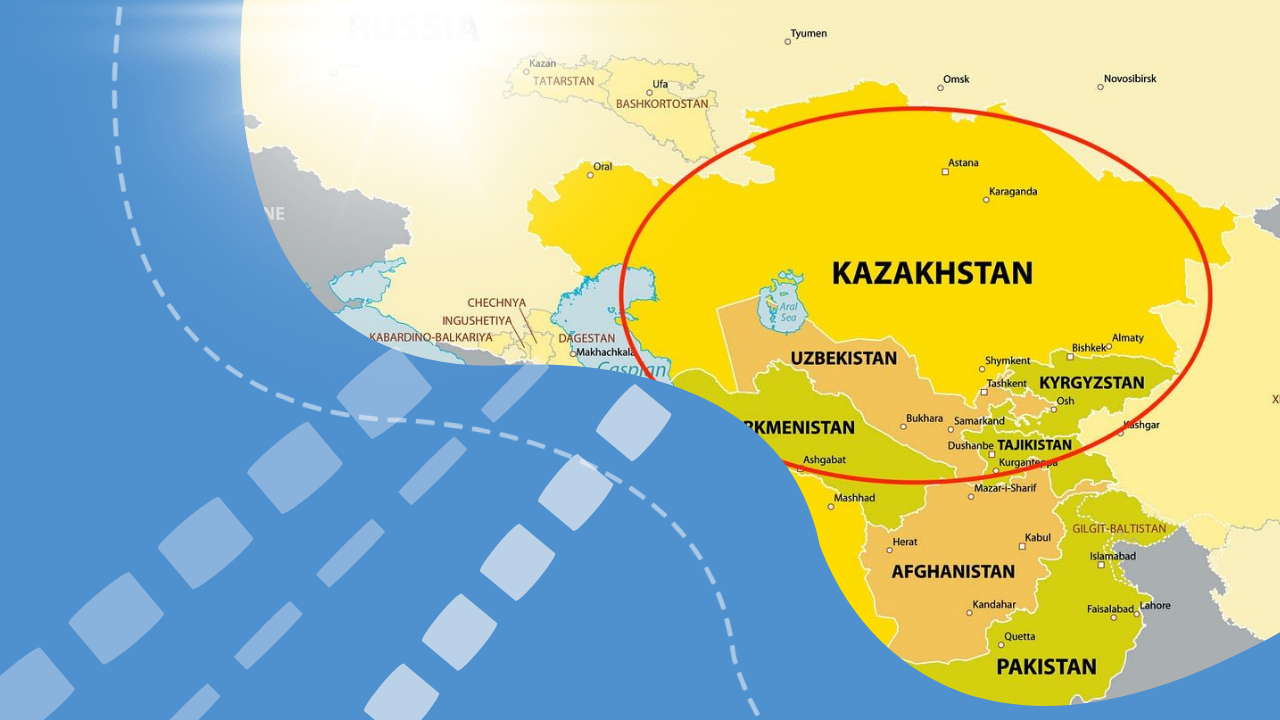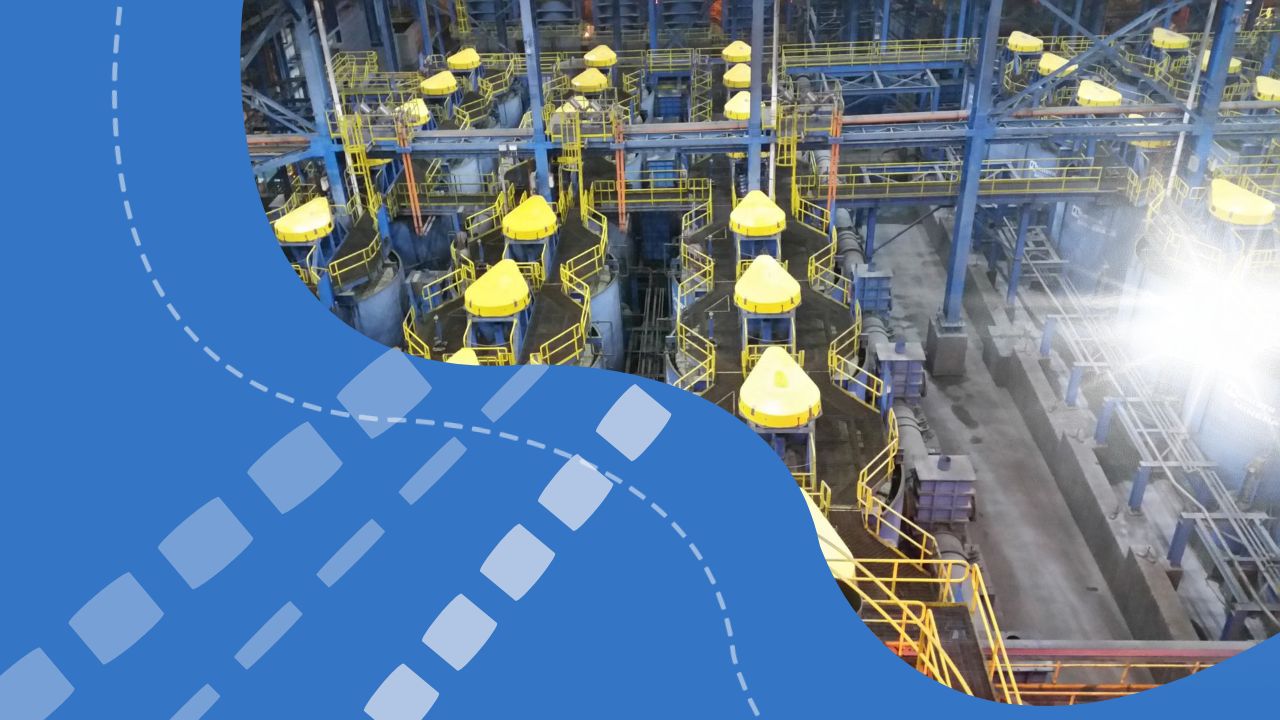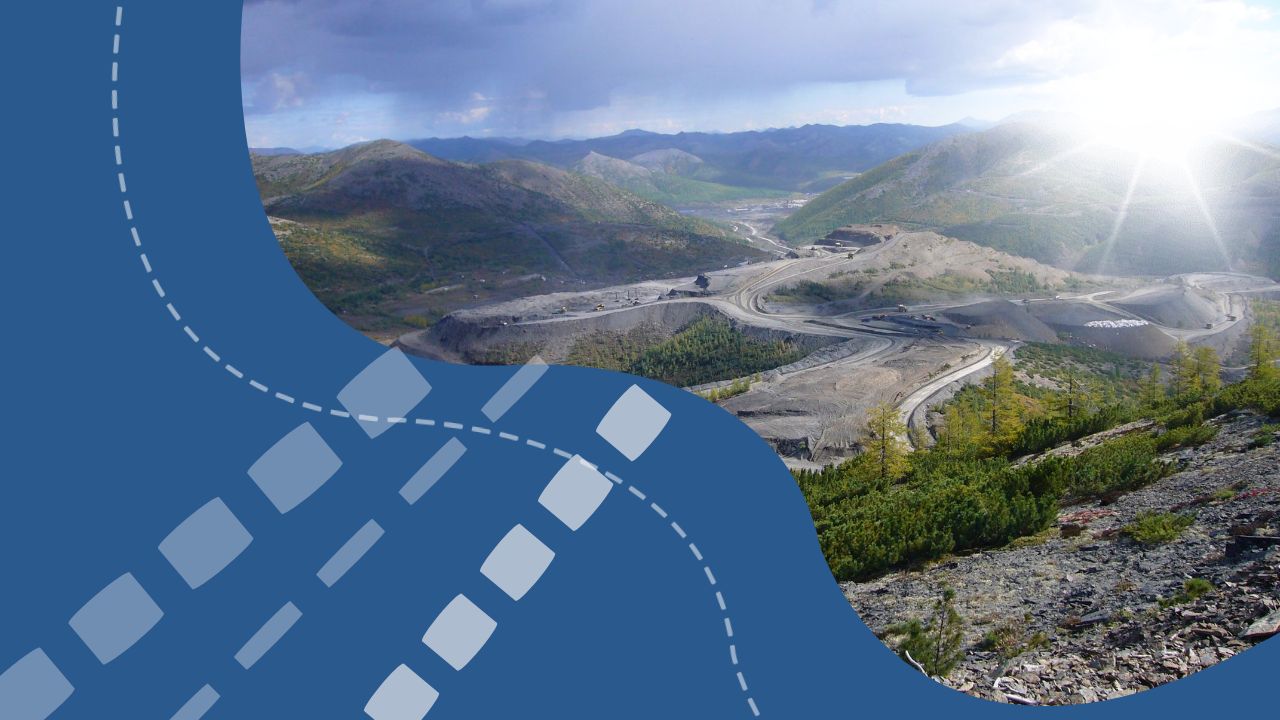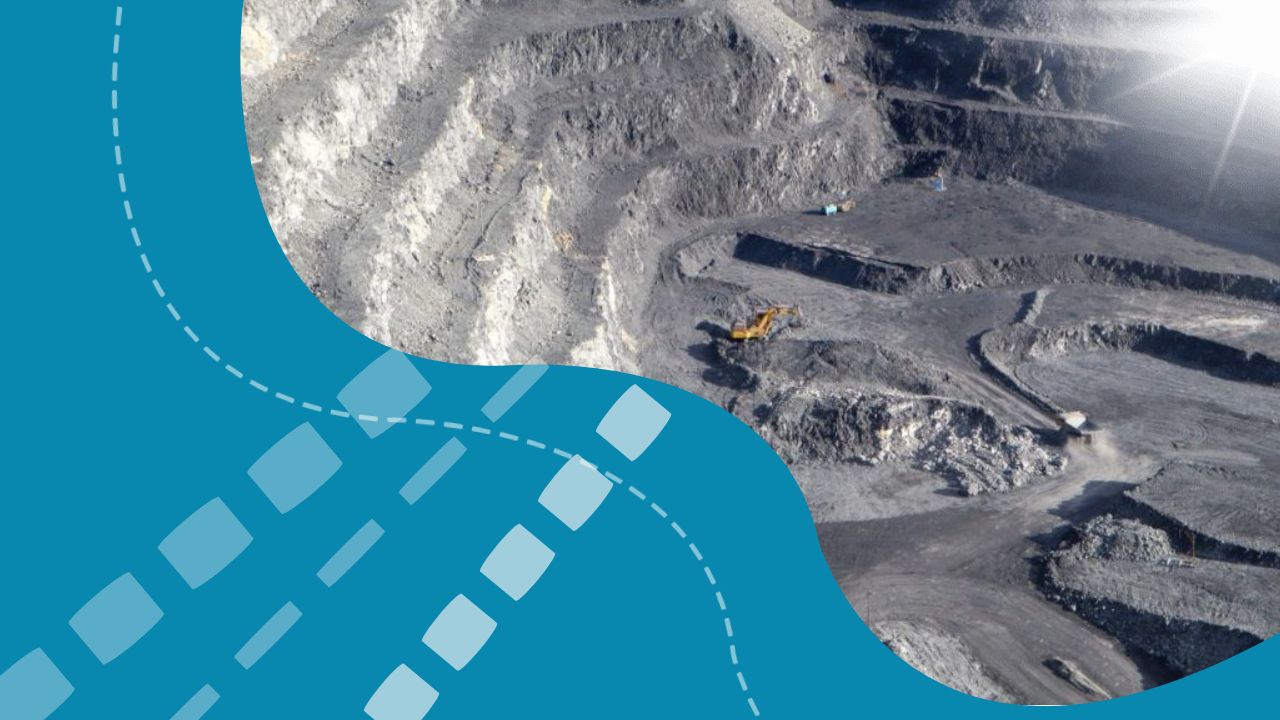The survey took place in the Aktobe Region, where Aurora Geophysics measured the horizontal components of the electric field (Ex and Ey) induced by a dipole source.
These measurements were utilized to calculate the chargeability vector and the apparent electrical resistivity vector, affirming the method’s effectiveness in detecting mineralization zones even in challenging geological conditions.
The field survey system included measurement lines arranged orthogonally in a checkerboard pattern, with current lines positioned at an angle to the measurement lines.
The fieldwork technology developed by Aurora Geophysics ensured high productivity. On average, 16 square kilometers of observation were conducted per working shift. The research results encompass detailed maps of geoelectrical parameters, including apparent chargeability, apparent electrical resistivity, and metal factor.
Using this data, a generalized model of the distribution of geoelectrical parameters in the investigated area was created. This model reflects the geometry and relative position of the main structural and geological elements, indicating prospective zones of mineralization and ore-controlling structures.
The induced polarization survey technique with vector measurements has confirmed its effectiveness both in theory and practice. This method allows for the precise identification of locations of presumed mineralization zones in complex geological conditions through the measurement of two horizontal components of the electric field and the optimization of the observation system.
Aurora Geophysics Limited adheres to safe work practices in exploration. As part of the ongoing improvement of process management policies, HSE advisors work in constant supervision with the team. All personnel receive regular training in the following disciplines:
- Fire Safety Basics;
- Electric safety;
- Occupational safety and health;
- First aid.
Aurora Geophysics demonstrates the ability to provide reliable data and results in geophysical research, along with the readiness to employ the full spectrum of modern geophysical methods, including the vector modification of the induced polarization method, for objects of any degree of geological complexity.

